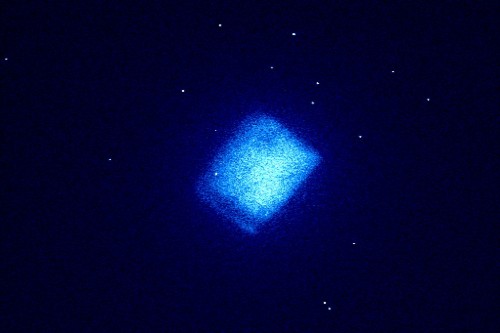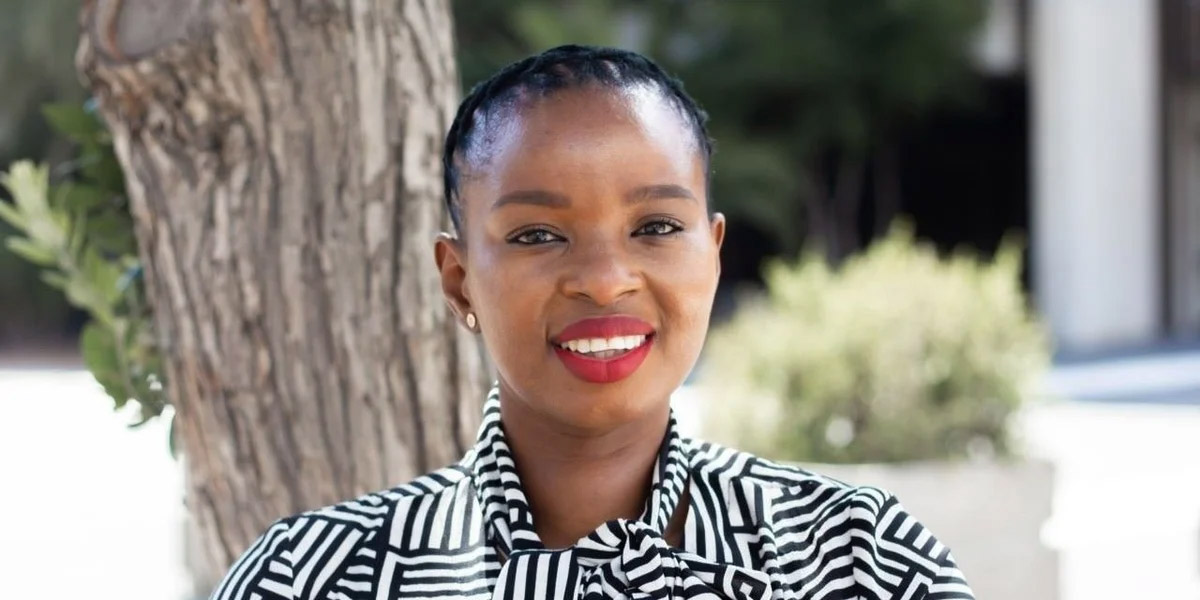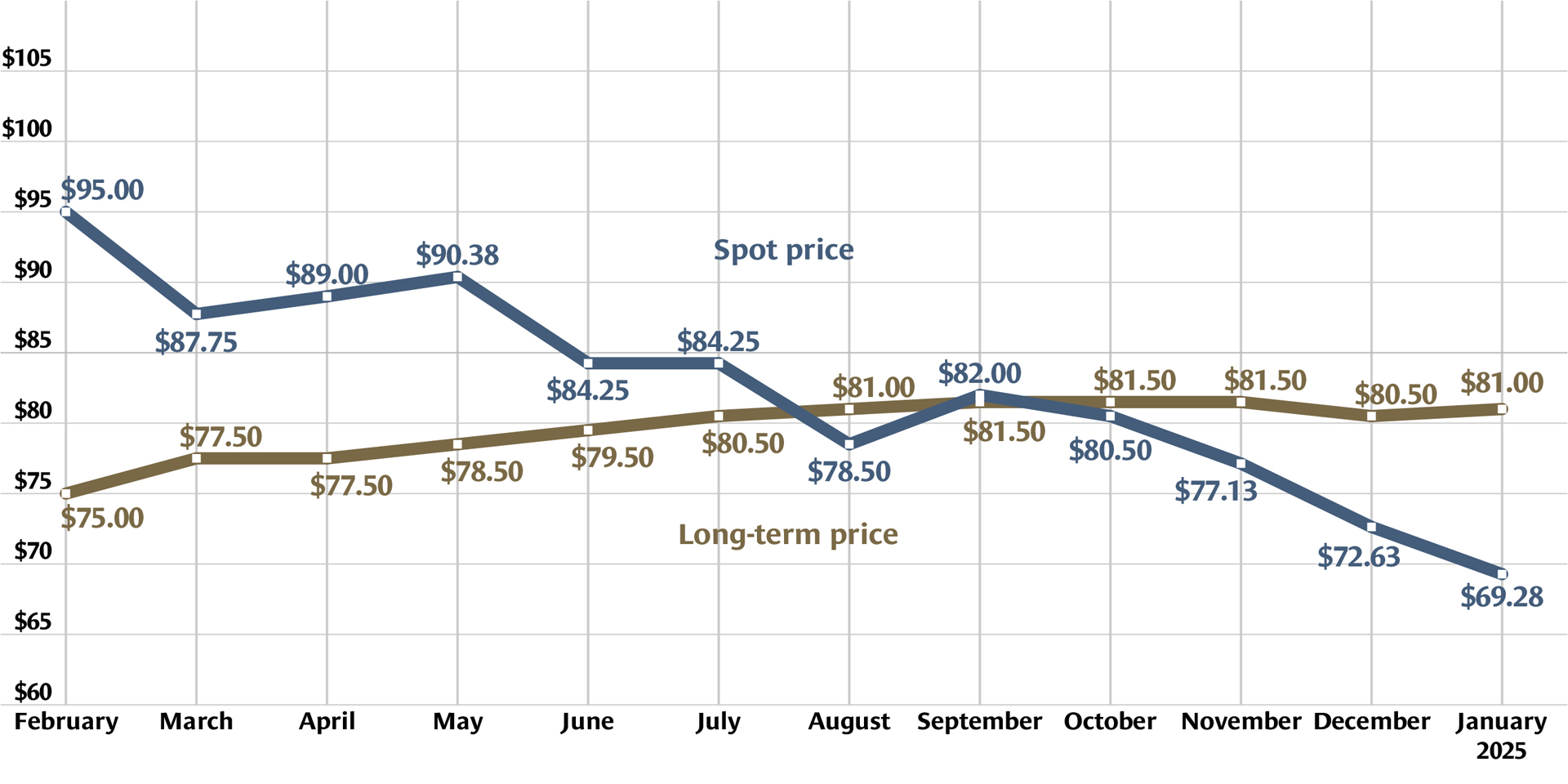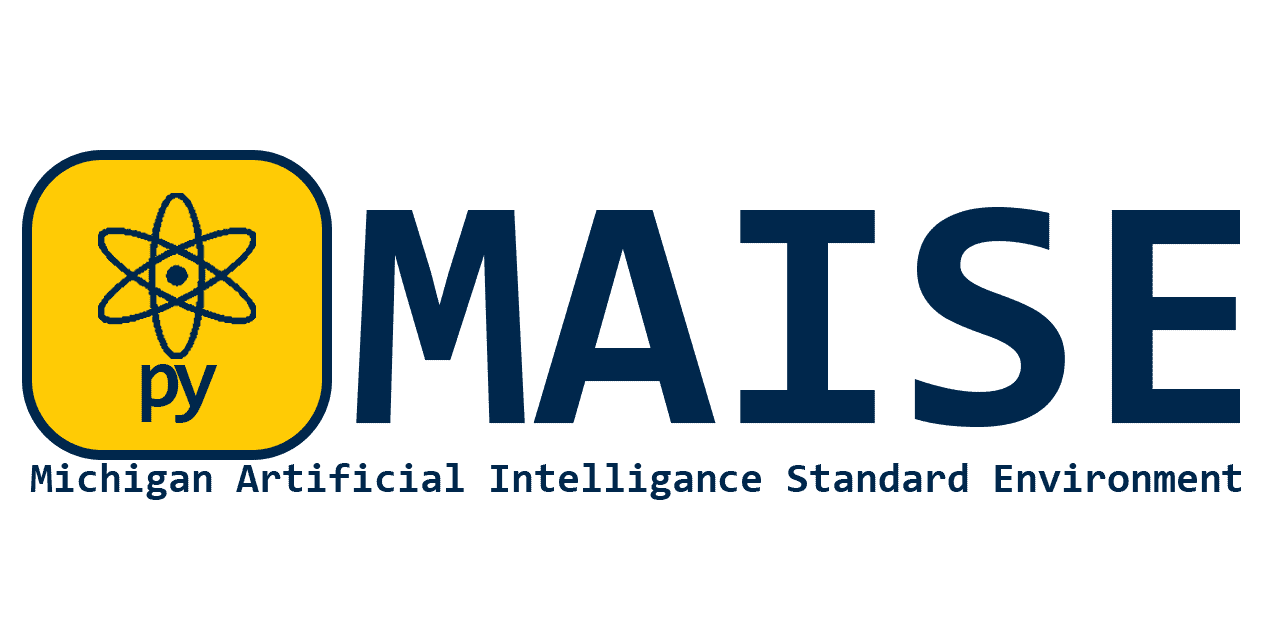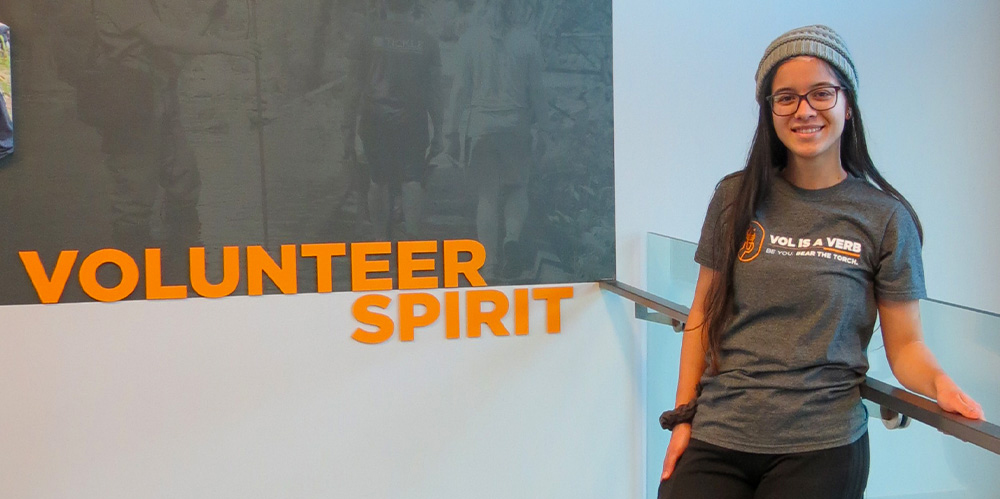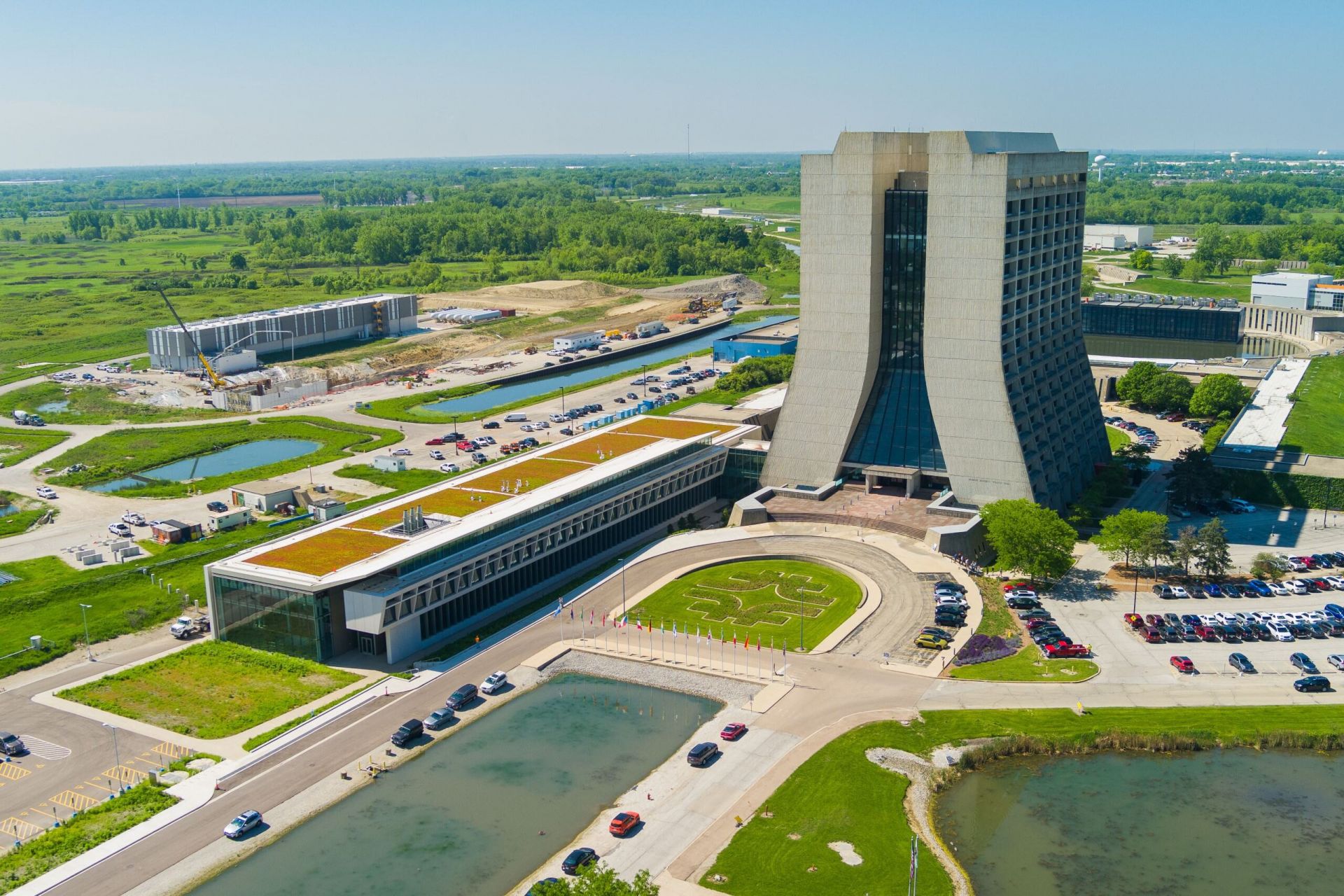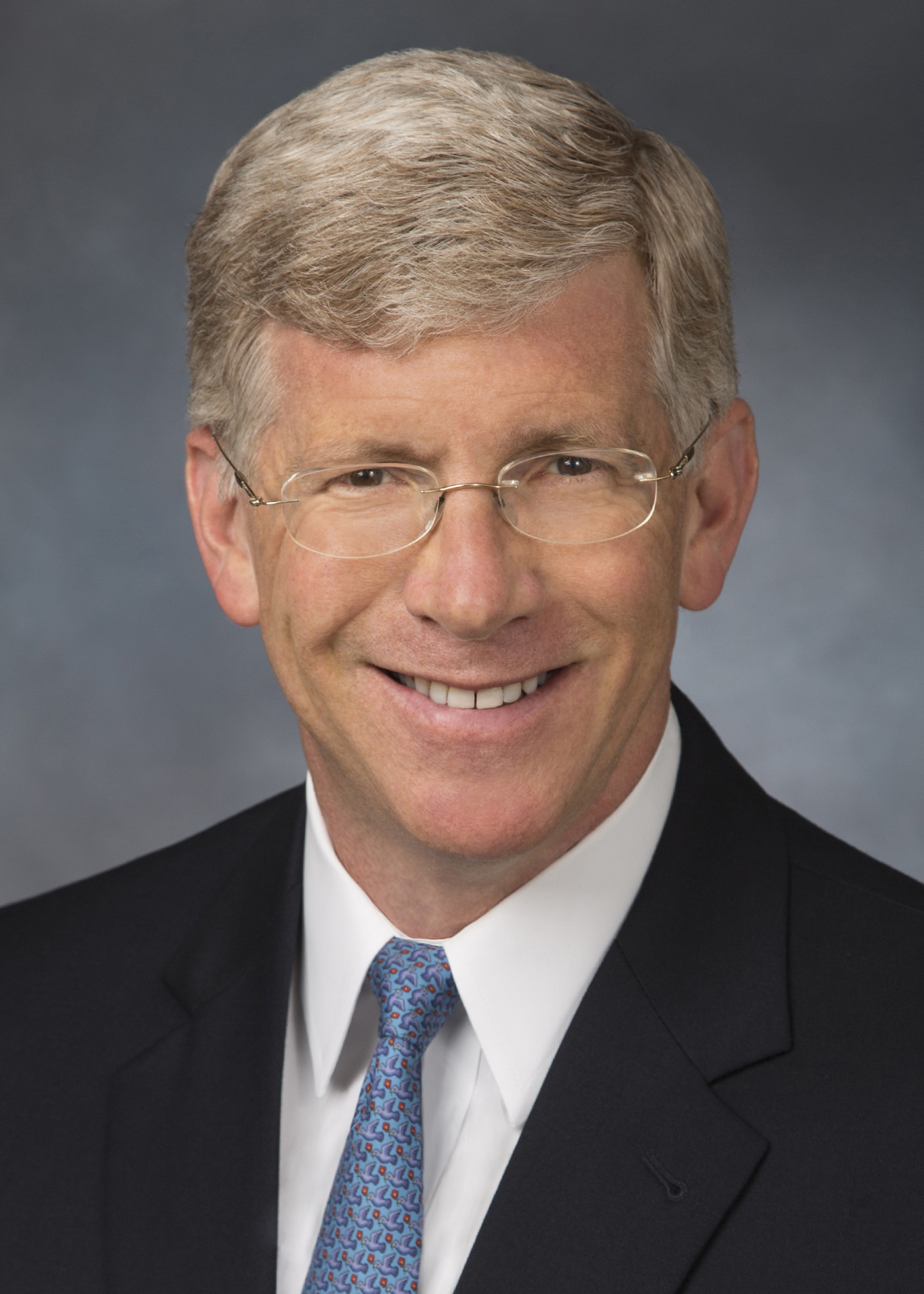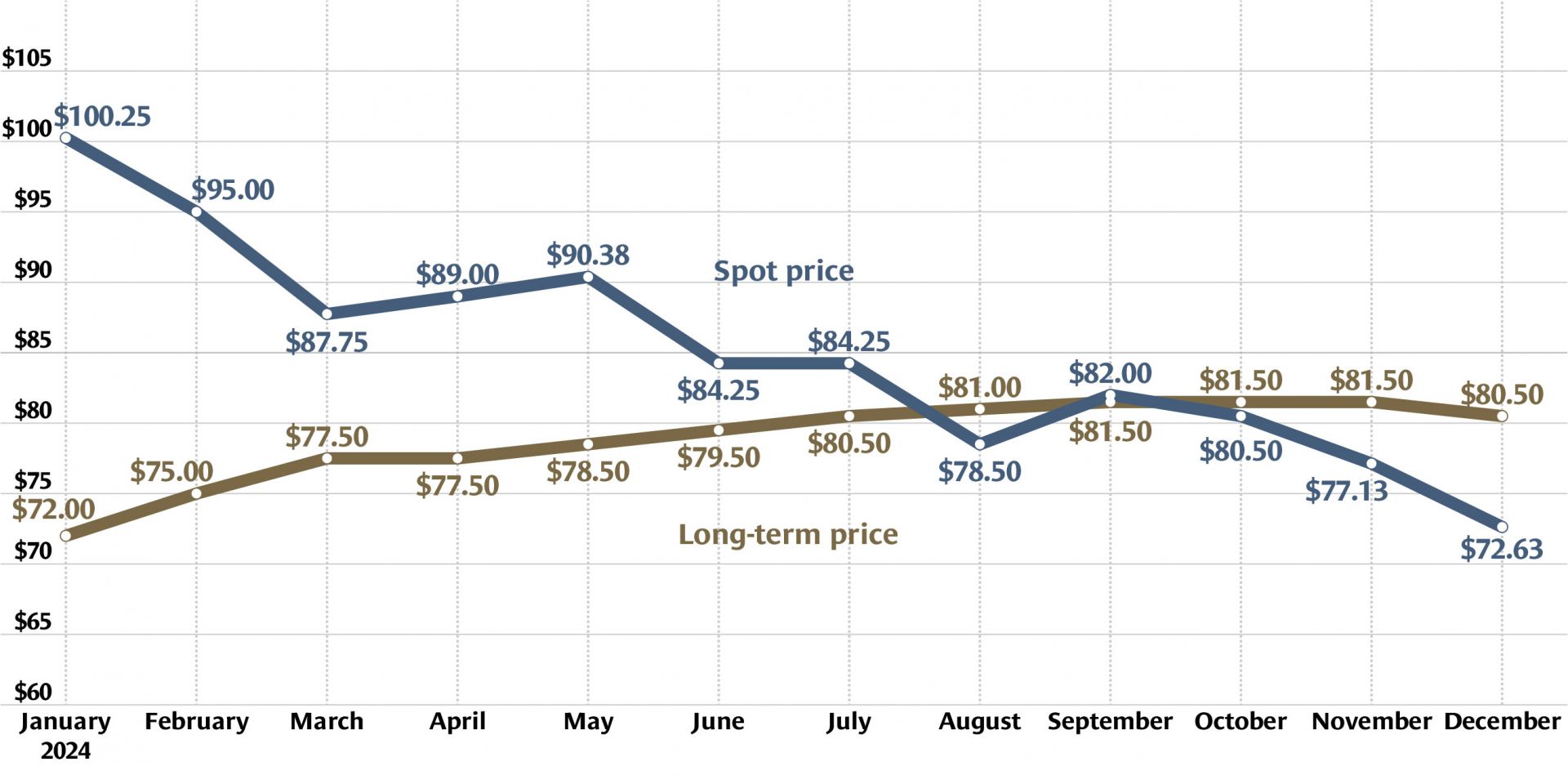Participants take part in the Centre for Leadership Performance’s Dream Placement program. (Photo: Nuclear Waste Services)
Nuclear Waste Services recently hosted a group of five teenagers for a week of exposure to real-world nuclear industry work environments at its facilities in Calderbridge, Cumbria, in northwestern England. The youth learned about career opportunities and leadership responsibilities at the company. They engaged with senior management and performed activities with several different NWS teams, including the environmental, waste characterization, cybersecurity, geological disposal facility grants, and human resources departments.
PNNL researchers (from left) Isabella van Rooyen, Subhashish Meher, and Steven Livers are part of the team that developed a durable new nickel-based “super alloy” by replacing cobalt with manganese. (Photo: Andrea Starr/PNNL)
Pacific Northwest National Laboratory has reported that researchers there have created a tough new alloy that has potential use in advanced nuclear reactors and that is not dependent on a difficult-to-get element. The research team, which included materials scientists Isabella van Rooyen, Subhashish Meher, and Steven Livers, started its experiments with the highly durable nickel-chromium-cobalt-molybdenum “super alloy” known as Inconel 617 (IN617).
Weak radio luminescence captured by a low light intensity camera from a synthetic diamond carbon film made from beta-emitting carbon-14 atoms. (Image: University of Bristol)
The world’s first carbon-14 diamond battery became a reality in a United Kingdom laboratory this past December when it was created by scientists from University of Bristol and the U.K. Atomic Energy Authority.
Senamile Masango (Photo shared on LinkedIn by Colleen Larsen)
The government of South Africa has announced the passing of Senamile Masango, the country’s first black female nuclear scientist. The 37 year old, who many South Africans thought of as the “queen of science,” died on February 9 from undisclosed causes. Deputy President Paul Mashatile described Masango as “a beacon of hope for many young people, especially women.”
The University of Tennessee-Knoxville's Alyssa Hayes. (Photo: UTK
University of Tennessee–Knoxville’s Department of Nuclear Engineering highlighted the Computational Research Access Network (CRANE) program in a recent article on its website. CRANE is a free online program “that teaches computational methods in nuclear fusion to students from underrepresented backgrounds,” said Alyssa Hayes, a nuclear engineering Ph.D. candidate at UTK. Hayes is the first chair of the board of directors of the CRANE nonprofit organization.
The Helen Edwards Engineering Research Center (low building on left) at Fermilab in Batavia, Ill. (Photo: Ryan Postel, Fermilab)
Fermi National Accelerator Laboratory’s Integrated Engineering Research Center, which officially opened in January 2024, is now known as the Helen Edwards Engineering Research Center. The name was changed to honor the late particle physicist who led the design, construction, commissioning, and operation of the lab’s Tevatron accelerator and was part of the Water Resources Development Act signed by President Biden in December 2024, according to a Fermilab press release.
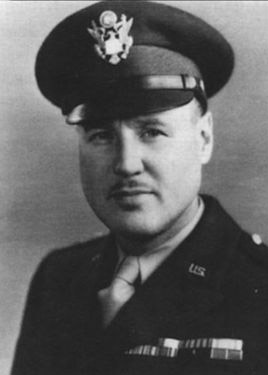

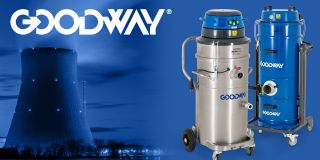
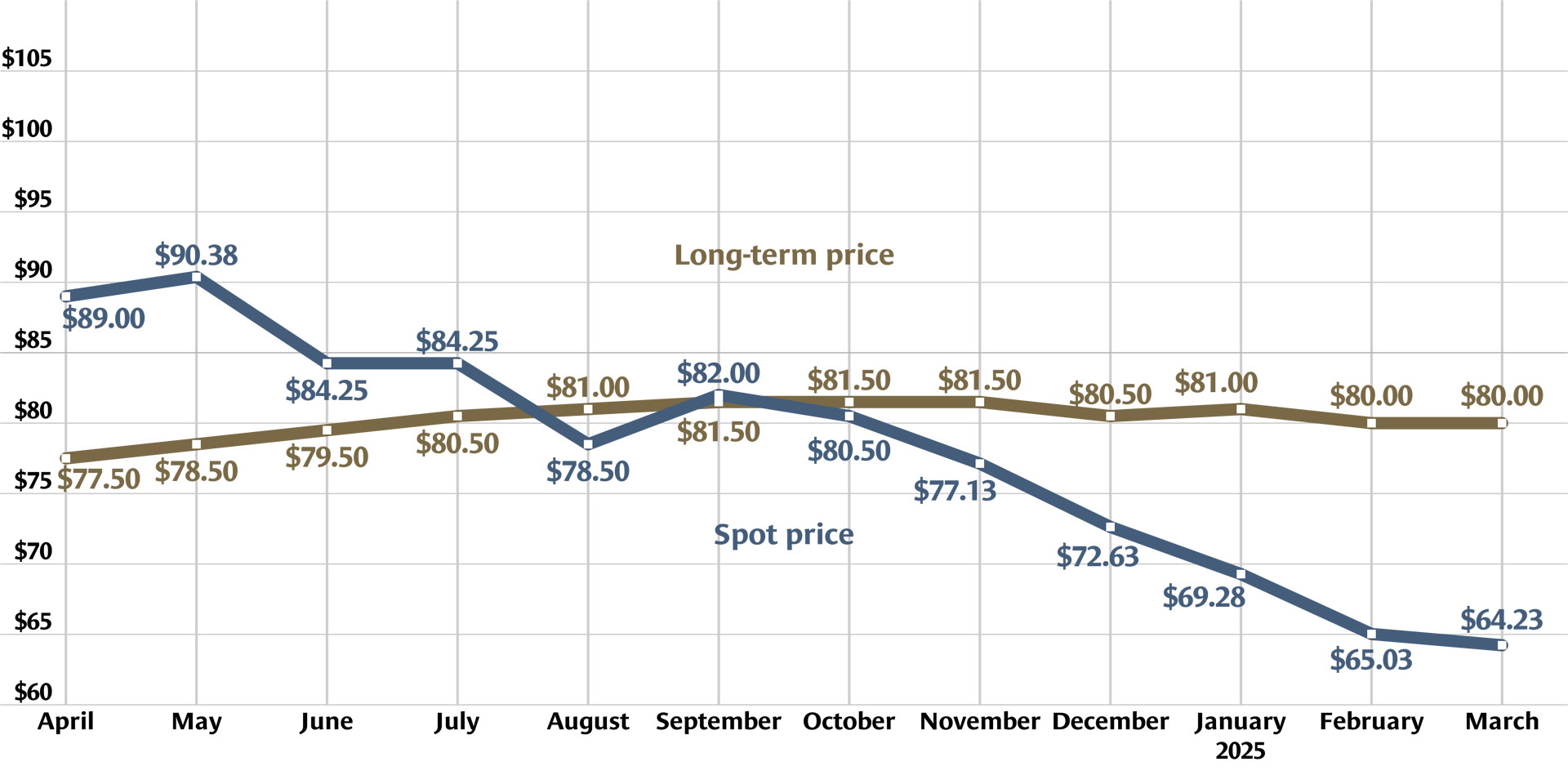
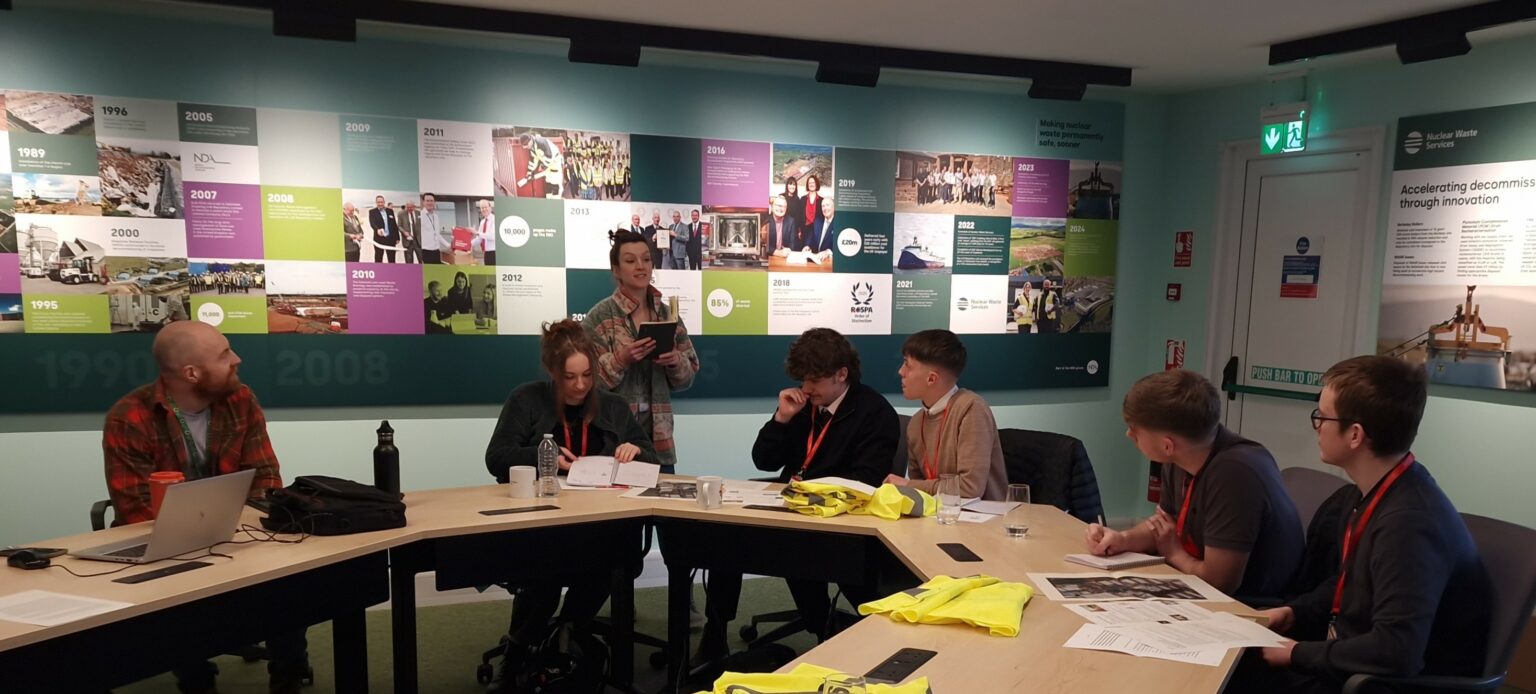
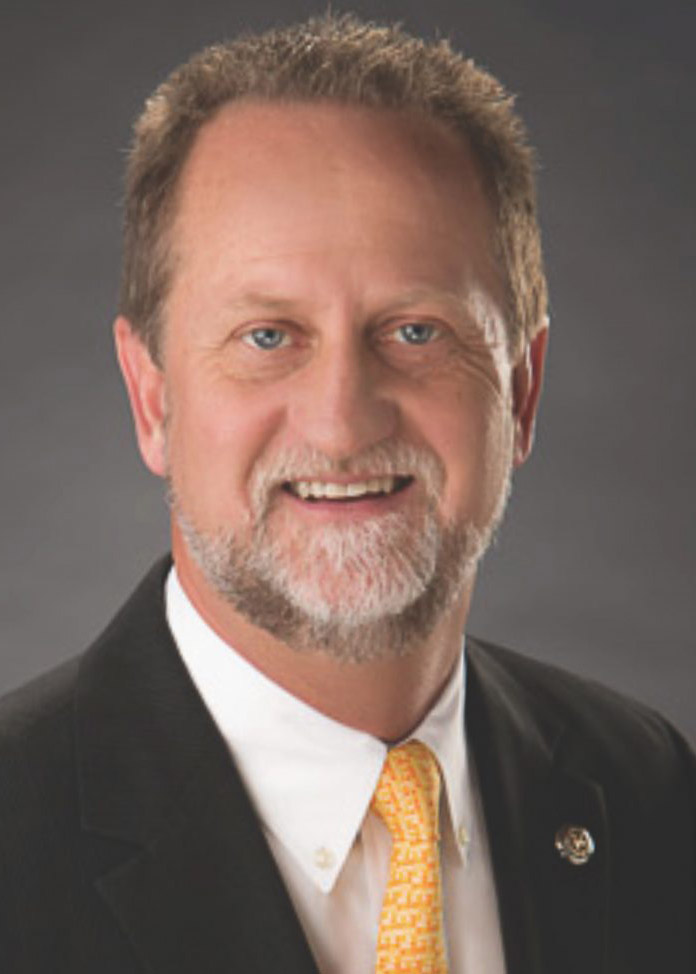
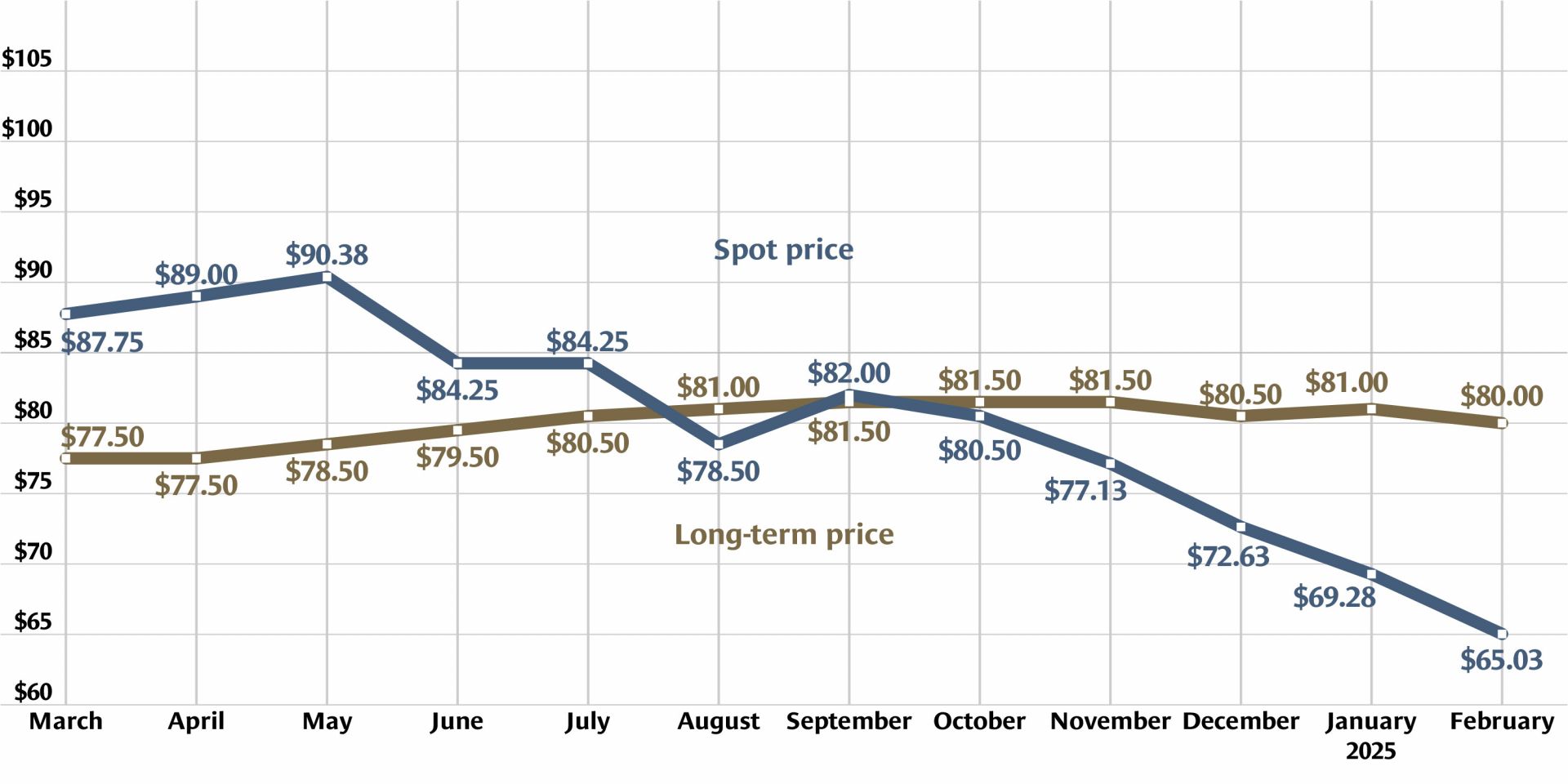
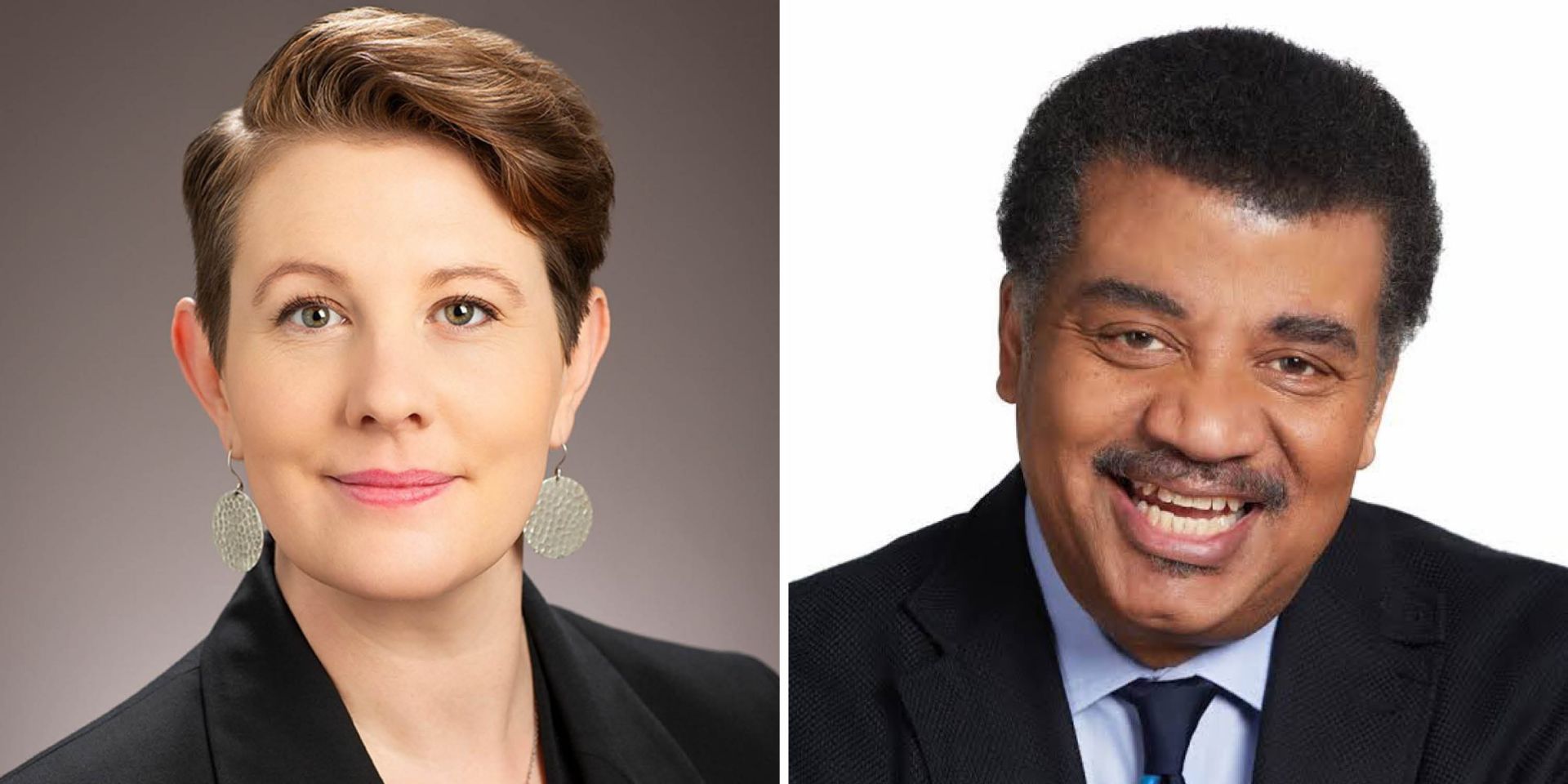

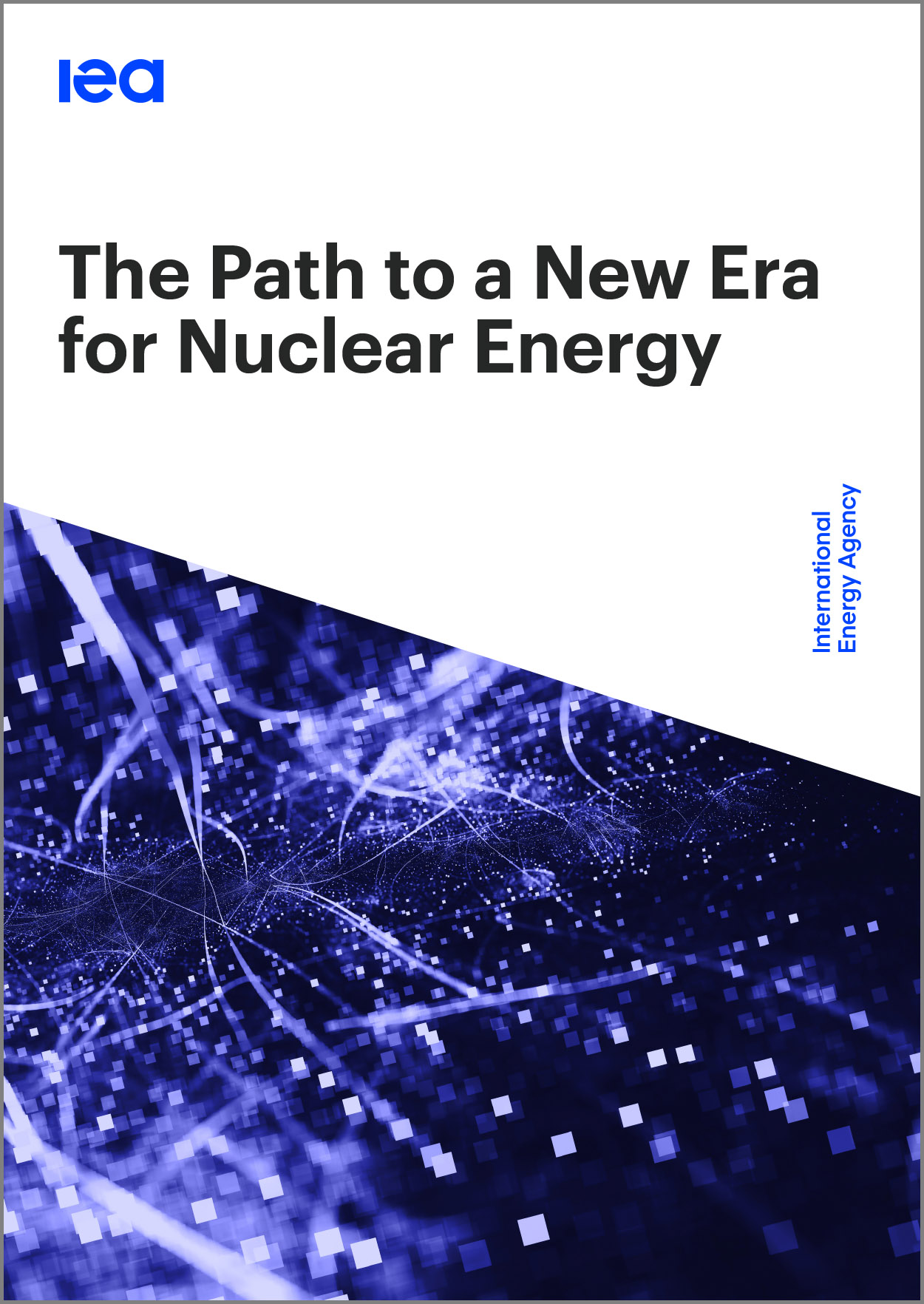 The
The 